|
A baby is never born alone. With it, comes the placenta - a second birth which occurs right after the baby’s, and unfortunately a very neglected and important part of the birth story. We can only say that labour has officially ended when the placenta is born - not the baby itself. The placenta is vital to creating and sustaining human life, it is the interface between mother and child, and in many cultures it is considered sacred. Every single person on Earth has lived with one for 9 months, so how come we know so little of it? Among the placenta’s many incredible and unique functions are:
It is also the only temporary organ developed in adulthood, and the only one that does not share the host’s DNA, but rather shares the same DNA as the baby. This would make the placenta the child’s “twin”, so to speak, and maybe that is one of the reasons why it has been used in rituals and consecrated in different cultures across the globe. Some believe it to be an angel that protects the baby, or that it represents the child’s roots so it should be buried or planted with a tree, while others use it as an amulet or as a medicinal compound. There are countless traditions surrounding the placenta across millennia, and until very recently, with the advance of modern medicine, it was still very respected and revered after the child was born. Nowadays, it is usually thrown away, discarded as hospital waste. We do know that even after birth, the placenta is still rich in vitamins, minerals, hormones and stem cells. One of the safest ways the placenta can be of use is by preserving placental tissue through a stem cell bank, since these stem cells can treat diseases and conditions throughout the child’s life. Still, you only need a small portion of blood and tissue to store in a stem cell bank, and that means the rest of it would be thrown away - unless you decide to do something different. As you may have heard, placenta consumption (in capsules or in smoothies, for example) has become increasingly popular. It may seem like an otherworldly act to ingest your own placenta, but it is actually nearly omnipresent among mammals, both carnivores and herbivores. Out of all the over 4000 species of terrestrial mammals, only those of the camel family do not ingest their placentas after giving birth. Although there is little scientific evidence regarding the benefits of consuming your own placenta, those who have tried it usually testify that they feel more energy, less stress, have an easier time breast/chest-feeding, present more immunity, and fewer occurrences of baby blues and even postpartum depression. If it feels like too much, that’s ok - I’m not saying it’s for everyone, and there are definitely situations where ingesting your placenta could be harmful to you and your baby. There are other ways you can honor the placenta:
Any contact you can have with your placenta is already therapeutic, even if you can’t take it home due to medical reasons. Look at it, touch it if you want, thank it for protecting and serving you and your baby. This can make such a huge difference in your postpartum, helping you get a sense of closure and healing from any trauma along your journey. Full Circle offers consultations in placenta services and can help you in figuring out the best way for you to benefit from its properties. Contact us to find out more. References: Placenta Medicine Manual - Daniela Paz Salinas, 2017 Influencia de la Reincorporación Oral de la Placenta (ROP) Autóloga Tras el Parto en la Evolución Bioquímica Sanguínea y Láctea - Sergio L Sanchez Suarez, 2015 Placenta, the Forgotten Chakra - Robin Lim, 2014 Placenta: The Gift of Life - Cornelia Enning, 2007 Estudio Bromatológico de la Placenta Humana - Sergio Sánchez Suarez, 2003
0 Comments
My husband and I are six weeks in to our lifetime journey of having a child. While preparing for our daughter’s arrival, we purchased a number of sleep options. We had heard from many of our parent friends and family members that their child would refuse to sleep in their crib, or bassinet, and knowing how important sleep is, we decided to be prepared, and have a number of accessible options. One of the items we decided to try was the DockATot Deluxe.
The idea of bed-sharing made us equally anxious. I am a person who cannot sleep without a blanket and multitude of pillows, and after a few nights of sleeping with my daughter on my chest. We decided to, on the recommendation of a friend, transition her to sleeping in our bed, inside of the DockATot. That being said, we were fully educated and aware of the sleep safe recommendations, and understood that technically the DockATot does not meet safe sleep recommendations as recommended by the AAP (American Academy of Pediatrics). We encourage anyone who considers letting their child sleep unsupervised in the DockATot to do their research and to make their own independent decision into the best sleep situation for their family. The Co-sleeping ControversyPrior to the birth of my daughter, I was avidly against co-sleeping and bed-sharing for safety reasons. However, reality hit hard after her arrival and I discovered that my new baby would not sleep anywhere other than in my arms or bed. I was frequently breastfeeding to establish milk supply, and my sleepy newborn required mother assisted wakeups. She would scream and cry anytime she was left in her bassinet, and soon I found myself too tired to handle her care. Having her in my bed helped all of us have a better sleep, and frank discussion within my 200-member strong pregnancy turned parenting group revealed that almost everyone else was co-sleeping as well. Portability The DockATot is lightweight and is easy to bring with you from place to place. I often use the DockATot for supervised naps when I need to be places other than my bedroom. If I am upstairs working at my computer, my daughter and the DockATot come with me. This allows for my daughter to be nearby at all times, even during naps and makes it easy to soothe her during wake-ups.. I find the portability of the DockATot extremely convenient, and plan to bring it with me even for long trips and camping. (Check back in September for my blog post on camping with your baby, in which I will be featuring the DockATot again!) Resting My daughter slept better in the DockATot than anywhere else. She cannot roll over in it, and the DockATot along with a swaddle, help reduce her moro reflex and reduce nighttime wake-ups. Our first night in the DockATot, my daughter slept six hours straight. This continued until her six week growth spurt and sleep regression, in which she is still getting three hour chunks of sleep. I sleep more soundly knowing that my daughter is beside me, but not directly in my bed. What I Don’t Love about it Washing The DockATot comes with a removable cover that can be easily washed and dried when exposed to the inevitable newborn messes of breastmilk, spit up and other bodily excretions. However, the DockATot cover is extremely difficult to replace once washed. I found putting the cover back on my DockATot a two man and two hour job. Something that is even more difficult to do, when you are also trying to take care of a baby. Changing The DockATot makers recommend the DockATot for use as a changing station. However, at the cost and with how difficult putting a newly washed DockATot cover is. I would never use it to change my baby in. Anyone who has changed a newborn (or any baby for that matter) knows that they love to pee and poo the minute their diaper has been removed, and regardless of whether you have replaced that diaper with a new one. As well, many of the DockATot cover patterns are white, or have white designs in them. Have you ever washed newborn poop out of white fabric? I have, and let me tell you, it’s not pretty. Side note: Co-sleeping is not recommended by the Health Canada or by Alberta Health. Both organizations recommend a flat, firm surface, with no pillows or blankets, and not within an adult bed. **Disclaimer: Be please aware that we are not promoting any specific sleep situation. I am only detailing my own personal experiences and the things that worked best for our family. For educational purposes on why some people choose co sleeping and bed sharing, our doula team recommends: Nighttime Parenting by Dr. Sears The Family Bed by Tine Thevenin Sweet Sleep by Theresa Pitman Sleeping with Your Baby: A Parent’s Guide to Cosleeping by Dr. James McKenna Three in a bed by Deborah Jackson Further educational resources Safe Sleep Resources from Platypus Media Where Babies Sleep from the ISIS Infant Sleep Information Source Guidelines to Sleeping Safe with Infants by James J. McKenna, Ph.D. Safe Sleep 7: Is it safe to bedshare? is a free handout for parents, produced by La Leche League International Infant Health Research: Bed Sharing, Infant Sleep and SIDS from the UNICEF UK Baby Friendly Initiative Attachment Parenting International – Infant Sleep Safety Babies sharing their mothers’ beds while in hospital: a sample policy from the UNICEF UK Baby Friendly Initiative Guideline on Co-Sleeping and Breastfeeding, Clinical Protocol Number 6 from the Academy for Breastfeeding Medicine AAP Policy Statement: SIDS and Other Sleep-Related Infant Deaths: Expansion of Recommendations for a Safe Infant Sleeping Environment (Oct. 17, 2011) Disclaimer: It is very important to discuss any herbs or medicinal remedies that you plan to use with your primary care provider. Some people with sensitivities to flowers may experience allergic reactions to things such as Chamomile or Chickweed. For more information regarding herbal use in pregnancy and postpartum, check out these resources: Susan Weed Demeter Clark Aviva Romm DIY Postpartum/Baby Products |
Welcome to Full Circle's blog, creating content for our clients and readers with a focus on all things pregnancy, birth and beyond.
Categories
All
Archives
May 2024
|

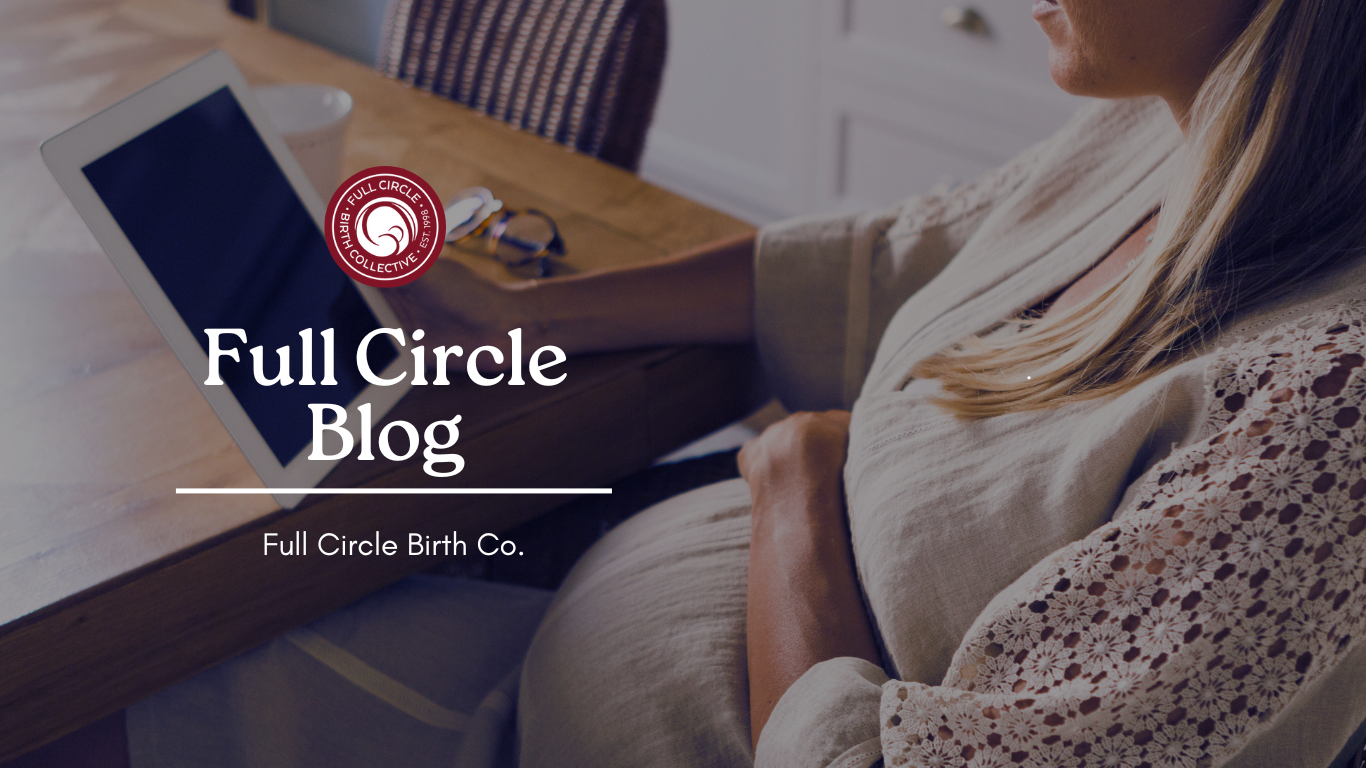
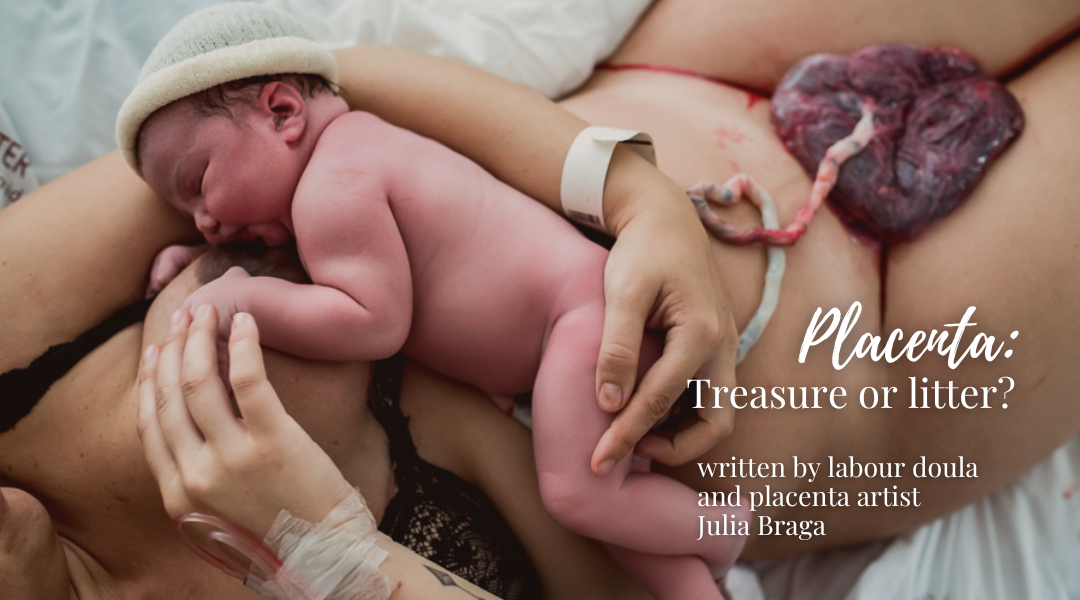
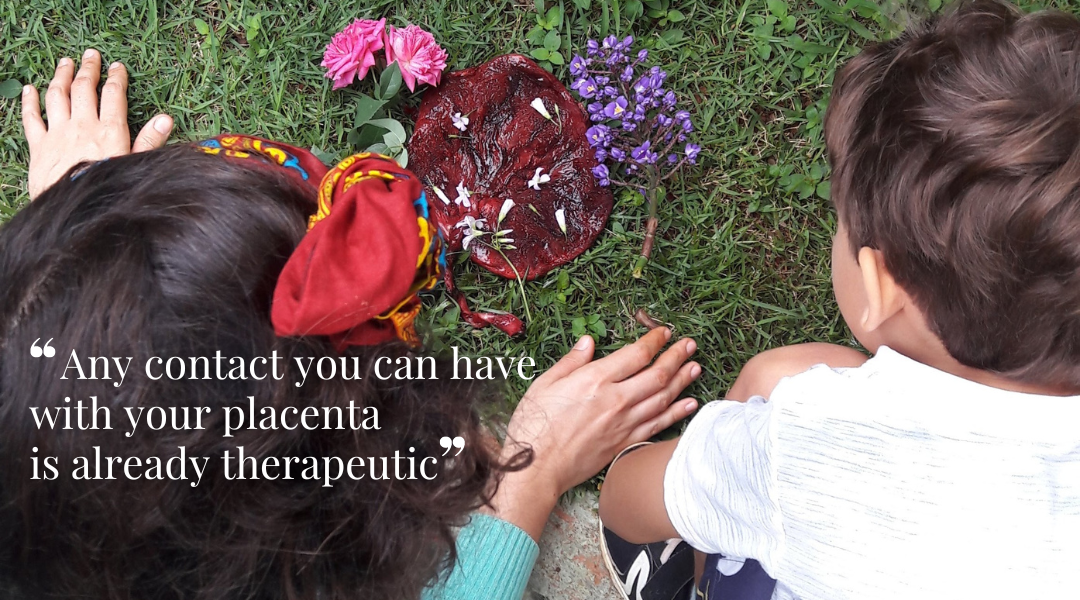
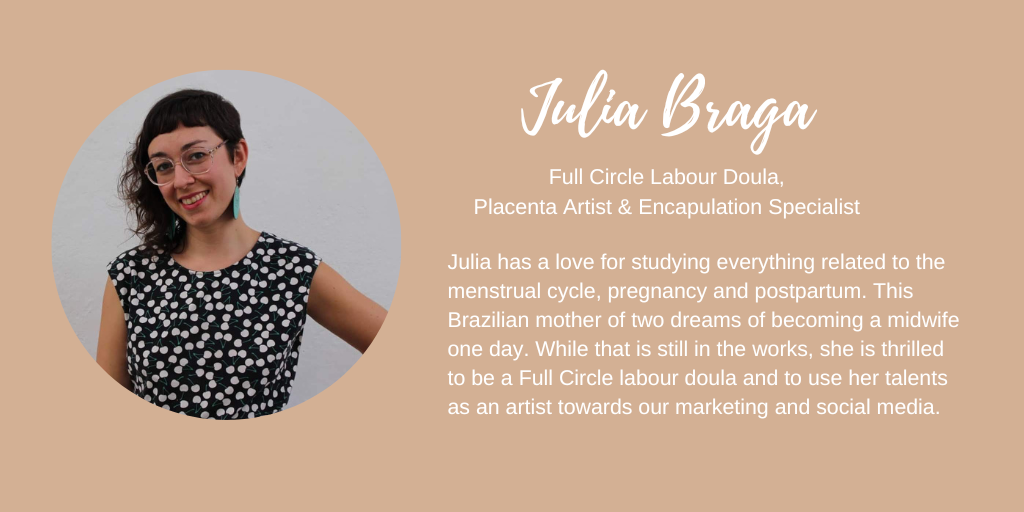
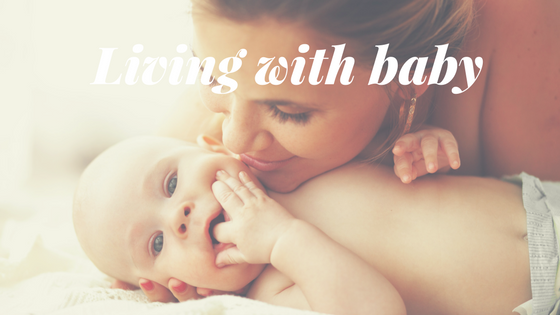
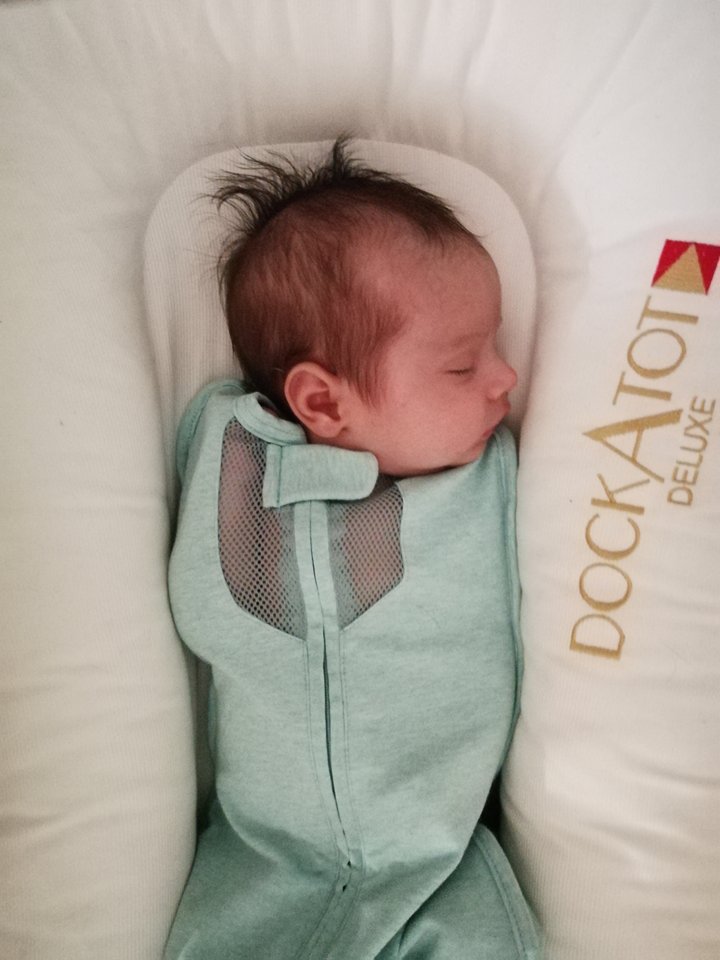
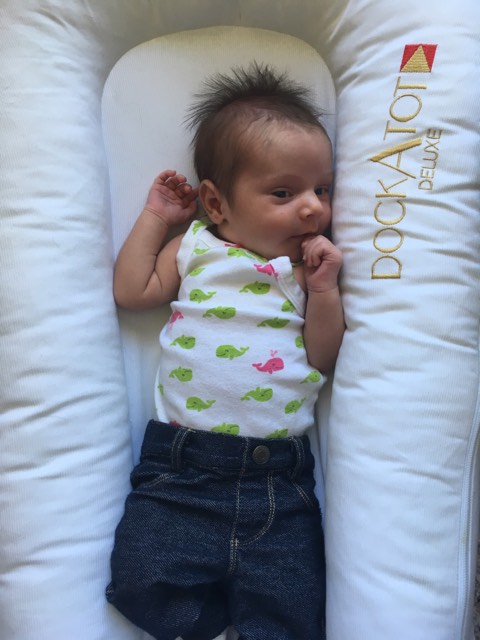

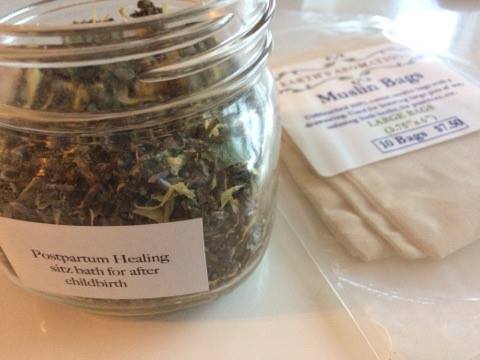
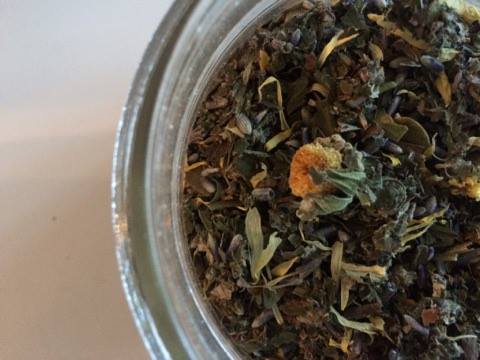
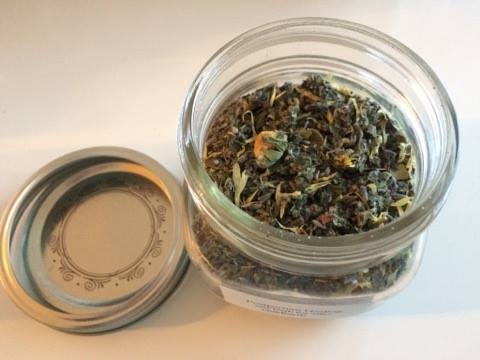
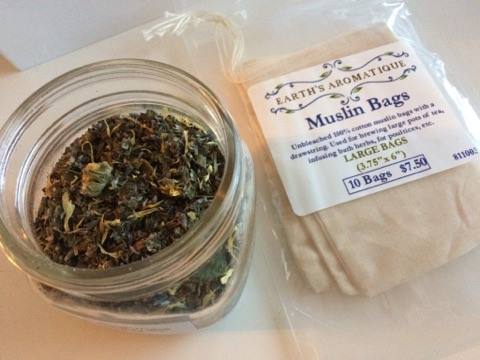
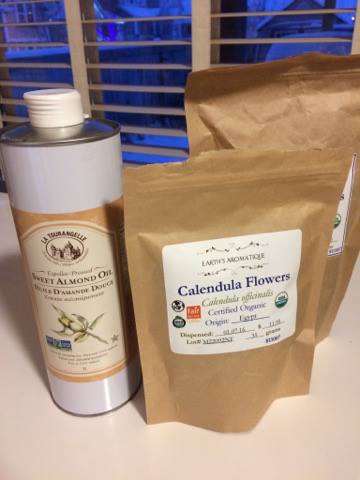

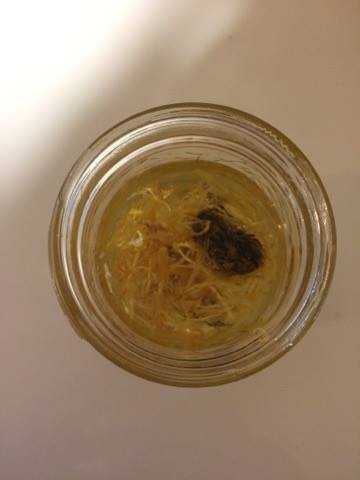
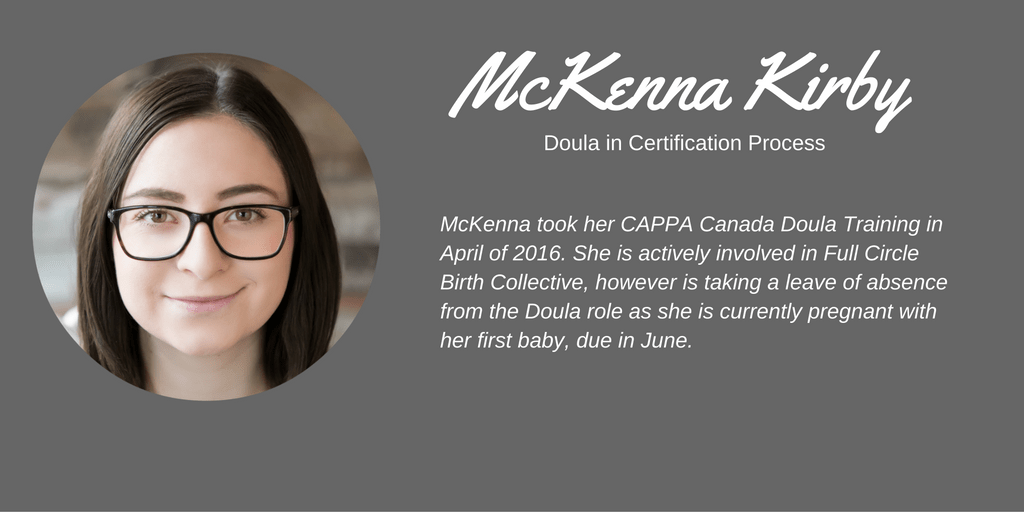
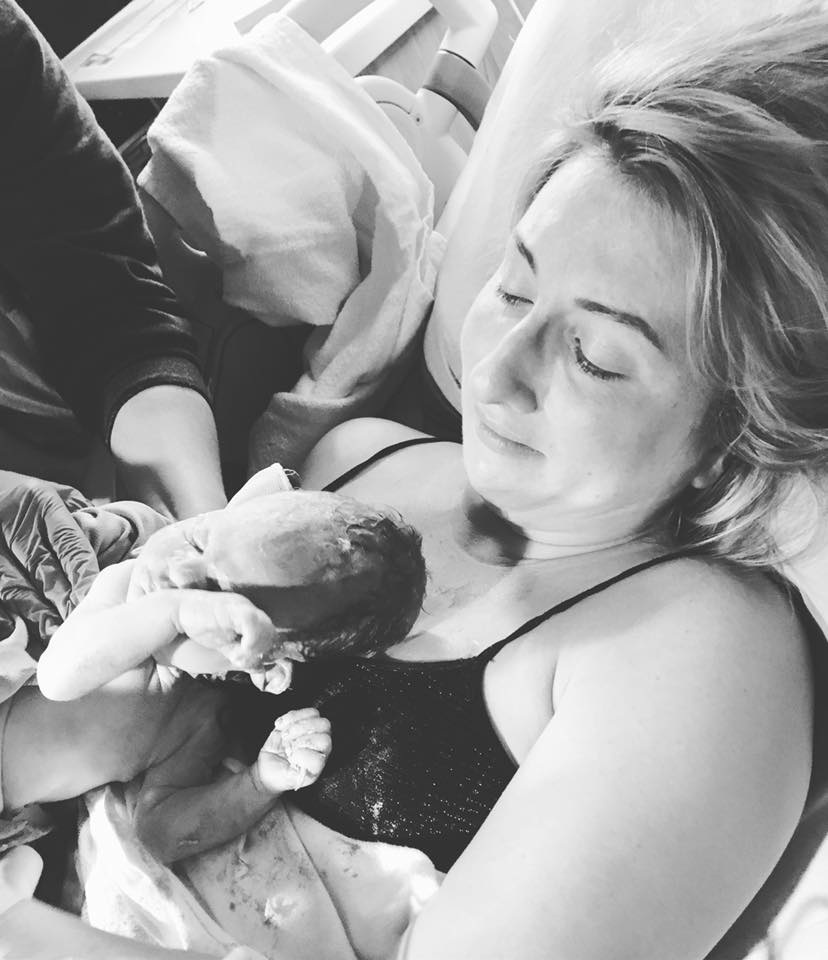
 RSS Feed
RSS Feed